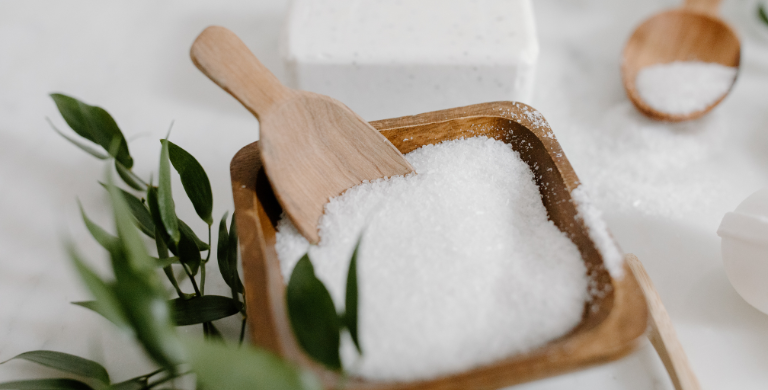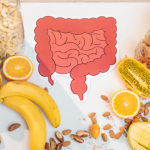Salt (scientifically known as sodium) is essential for your body to function correctly and for good health. However, eating too much or too little salt can be harmful and unhealthy.
Too much salt can cause health risks, including high blood pressure (hypertension), which can cause strokes and heart attacks. Too little salt can cause hyponatremia, which leads to muscle cramps, nausea, vomiting, and dizziness.
How much is too much salt?
According to the World Health Organisation (WHO), adults should consume no more than 5 grams of salt per day. It equals slightly less than one teaspoon of salt. Certain foods contain high sodium levels, such as cured meats, packaged ham and turkey, pizza, soups, cheese, pasta dishes, meat-mixed dishes such as meatloaf with tomato sauce, and snacks such as chips and pretzels.
What are the signs of high salt intake?
The following symptoms are likely after too much salt intake:
- Bloating – If you eat a lot of salty foods, you will experience fluid retention (when sodium holds water in your body). The result? You feel swollen and look puffier, especially around the abdomen and eyes. You may also notice swelling in your hands and feet.
- Increased thirst – some people drink more liquids after eating salty foods.
- Rise in blood pressure – Sodium is primarily located in our blood and pulls water to it. So, if you have a lot of sodium, water enters your bloodstream, resulting in a large amount of blood pushing against blood vessel walls, causing high blood pressure (hypertension).
- Poor sleep quality – Too much sodium can affect your sleep, especially if you consume it in the evening. A spike in blood pressure, and the urge to drink and urinate, make staying asleep difficult.
How to flush out the salt after too much intake?
The body tends to retain fluids when consuming excess salt, giving you a bloated feeling. However, you can naturally flush the salt out by:
- Drinking water
If you have eaten high-salt food, you should drink at least 12 glasses of water regularly in a 24-hour cycle. Drinking lots of water assists in clearing excess sodium through urine.
- Consume water-rich foods
Eating vegetables and fruits with a high-water content also help. Water-rich food such as apples, lettuce, strawberries, and peppers help lower salt levels in your body.
- High-potassium foods
Adding foods high in potassium help balance salts in the body. High potassium levels help in excreting sodium. If you have consumed a pizza loaded with cheese, go for a banana immediately, as it decreases salt. Potatoes, avocados, and oranges are also high in potassium.
- Exercise
The human body sheds water and salts during exercise or other intense physical activities.
How to cut down on salt?
Tips for reducing sodium intake:
- Choose fresh meats instead of packaged ones.
- When you buy frozen vegetables, choose freshly frozen ones, and avoid those with seasoning or sauces already added.
- Read labels and check the sodium content in the foods you buy.
- When choosing spices and seasoning, go for ones that do not list sodium on their labels.
- When you eat out, ask for your dish to be prepared without salt.
Also, instead of using salt and high-salt products to flavour food, opt for natural herbs and spices. Read product labels, and especially look for the word “sodium” in the list of ingredients when buying food. Please consult an Intercare doctor to discuss foods with high salt and to find alternatives.












